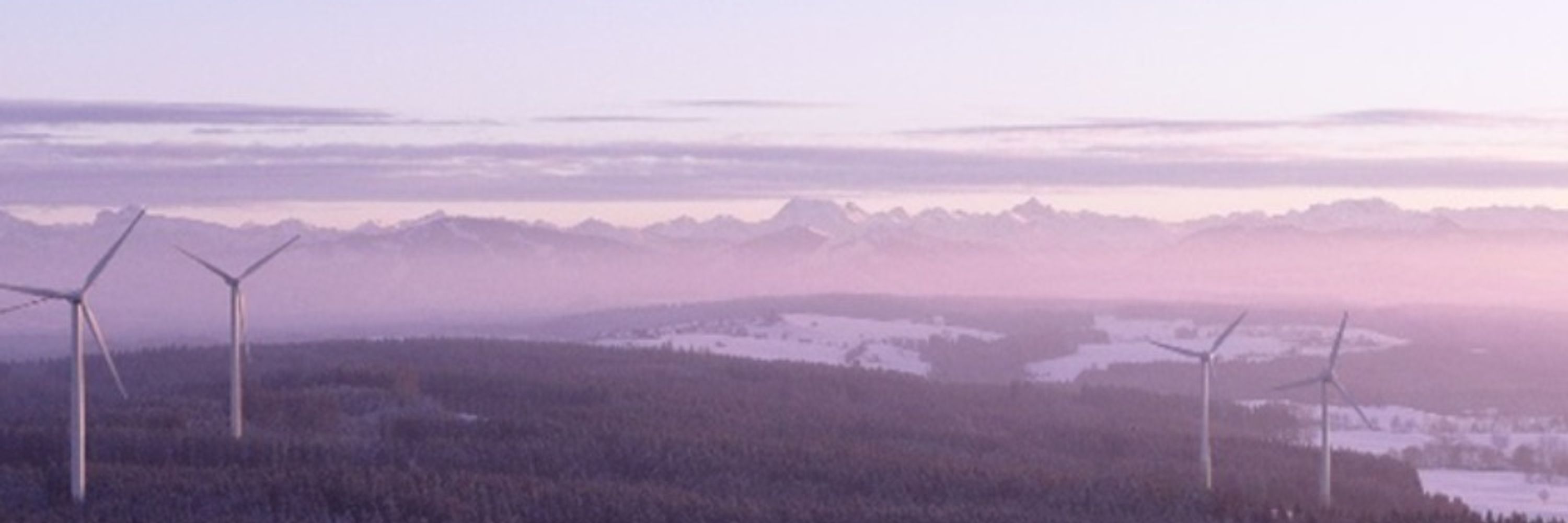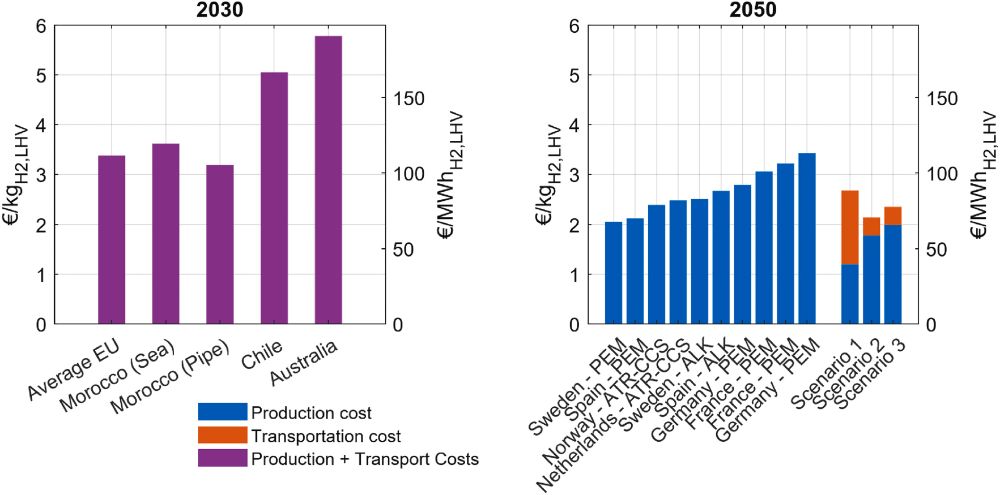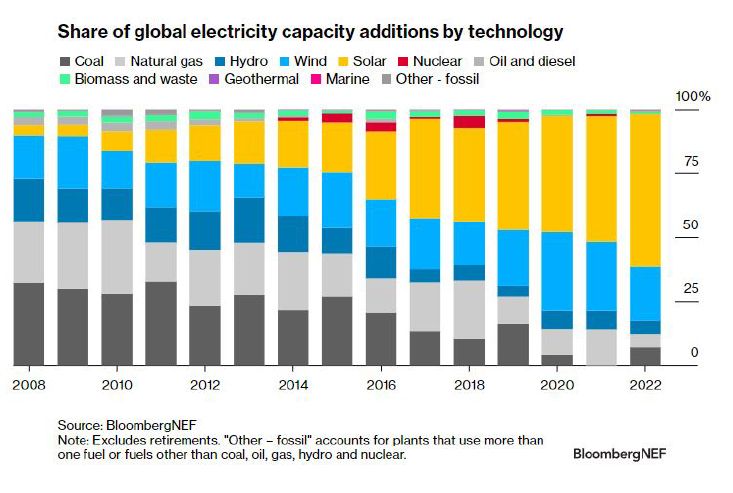
http://youtube.com/watch?v=9jwJWK… -
http://lut.fi -





Authors welcome #scientificengagement 🧠 on methodological development, prospective #LCA approaches and long-term assessments of #greenH2 systems.

Authors welcome #scientificengagement 🧠 on methodological development, prospective #LCA approaches and long-term assessments of #greenH2 systems.



















